by cidaut | Mar 8, 2019 | Sin categoría
The Safe Strip Consortium, formed by 18 partners, has met in Brussels with the Project Officer to analyze the evolution of the project. SAFE STRIP aims to introduce a disruptive technology that will achieve to embed C-ITS applications in existing road infrastructure, including novel I2V and V2I, as well as VMS/VSL functions into low-cost, integrated strips markers on the road; to make roads self-explanatory (with personalized in-vehicle messages) and forgiving (due to advanced cooperative functions) for all road users (trucks, cars and vulnerable road users, such as PTWs riders) and all vehicle generations (non-equipped, C-ITS equipped, autonomous), with reduced maintenance cost, full recyclability and added value services, as well as supporting real-time predictive road maintenance functions.
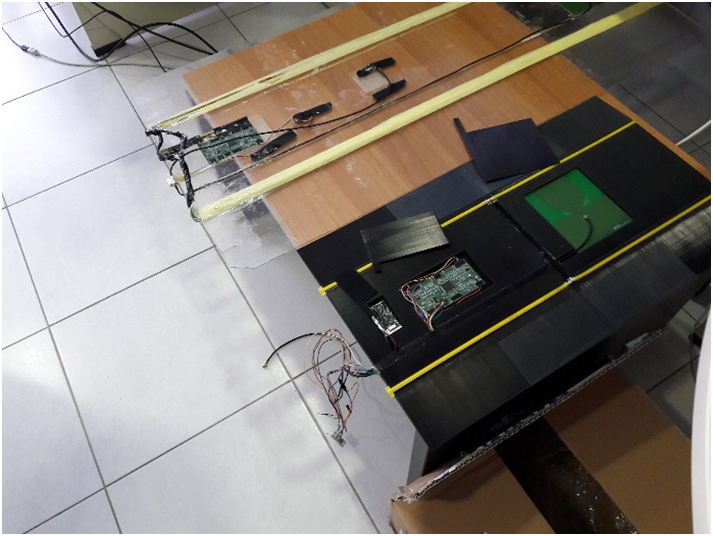 Different prototypes of the strips to be used in the user’s trials
Different prototypes of the strips to be used in the user’s trials
In this scenario Cidaut presented the status of the sixth Work Package of the project, which is related to the users’ trials that will get into the crucial phase of the project in several weeks. In this Work Package, the C-ITS applications will be tested by different users, with different driving profiles in order to understand how is the answer of different drivers to the applications developed during the project.
The review meeting was a good occasion to show the actual status of the prototypes of the strips that will be used along the users’ trials.
by cidaut | Mar 8, 2019 | Sin categoría
Last 12th December 2018, a practical training workshop entitled “LAST NOVELTIES IN THE ENERGY USE OF BIOMASS PRUNING” was held in Valladolid.
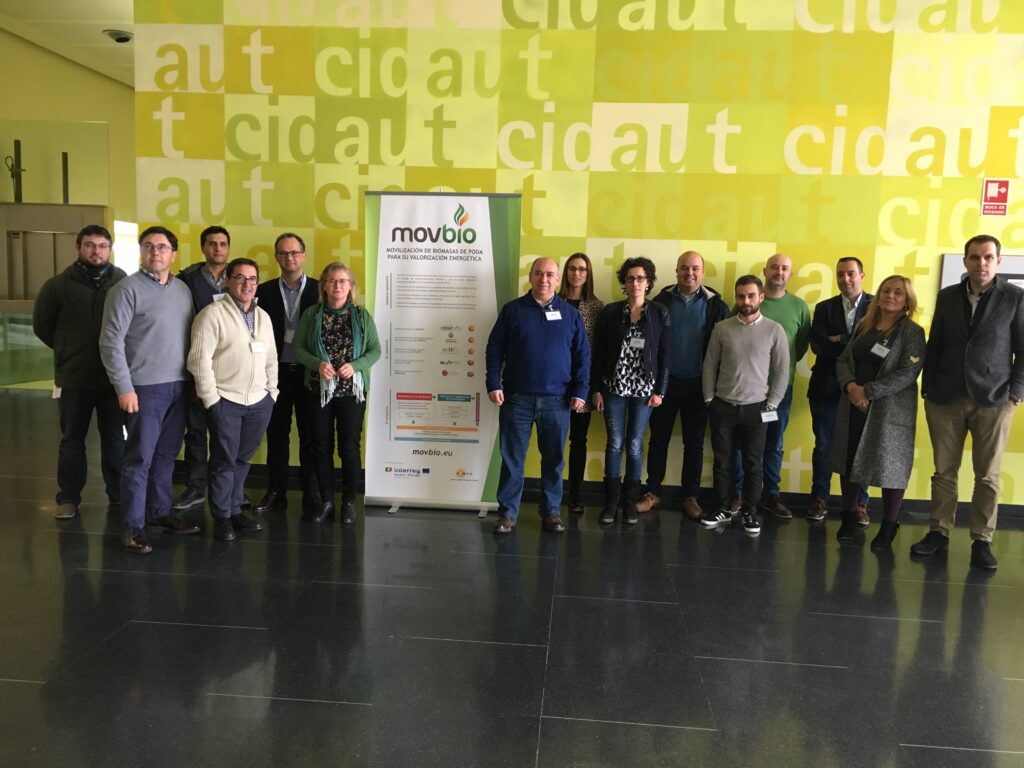
This workshop was organized by Fundación CIDAUT and was supported by INSTITUTO PARA LA COMPETITIVIDAD EMPRESARIAL DE CASTILLA Y LÉON (ICE) within the framework of Centr@tec Program. The following entities have taken part in the event: Instituto Tecnológico Agrario de Castilla y León (ITACYL), Sociedad Pública de Infraestructuras y Medio Ambiente de Castilla y León (SOMACYL), Centro para la Valorização de Resíduos de Portugal (CVR), Centro de Desarrollo de Energías Renovables del Centro de Investigaciones Energéticas, Medioambientales y Tecnológicas (CEDER-CIEMAT), Fundación CIRCE and Agencia Energética Municipal de Valladolid (AEMVA) jointly with many interested companies: i.e Matarromera winerie, CONTRADI…
Several presentations were used to show the first results of the MOVBIO project as part of the agenda. These presentations were mainly referred to studies of pruning biomass potential in Castilla y León and northern Portugal, informing of the first conclusions obtained from the different energy recovery options for this kind of biomass.
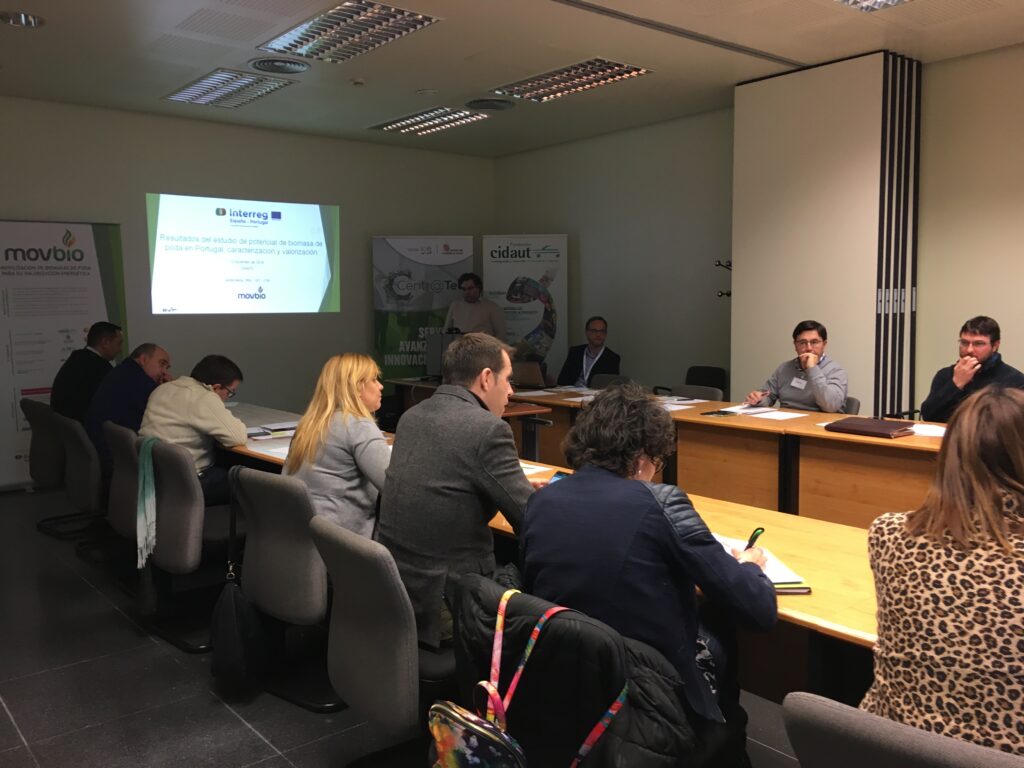
SOMACYL has taken advantage of the event to comment its experiences in the use of biomass for district heating and Fundación CIRCE and CEDER-CIEMAT have explained their participation in European projects where the use of pruning biomass as a biofuel is also studied and promoted.
by cidaut | Mar 8, 2019 | Sin categoría
With the aim of boosting the regional economy, the Junta de Castilla y León assumed the commitment through a Circular Economy Strategy in the government program presented by the President of the Junta de Castilla y León in July 2015. In this context, in order to help disseminate the circular economy and promote initiatives in cooperation, on November 29, 2018 it was held a conference. The objective was to contribute to knowledge, debate and exchange experiences about opportunities and challenges posed by a circular economy model for businesses and entrepreneurs of Castilla y León of the value chain of the automotive sector.
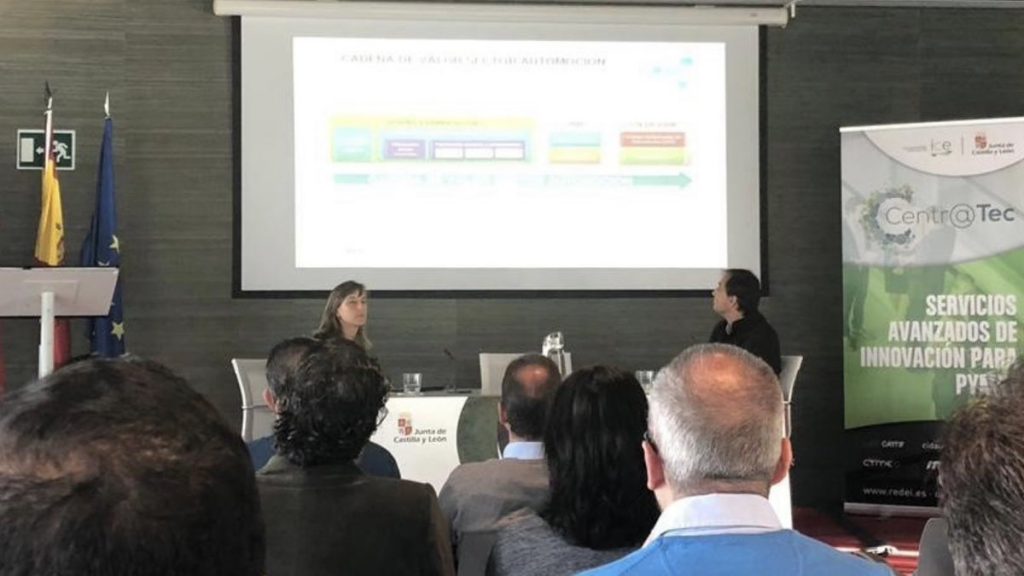
The first was focused on the analysis of the opportunities of the Circular Economy to the automotive sector through the elaboration of a questionnaire sent to the companies and relevant entities of the Castilla y Leon automotive sector. This analysis would be integrated into the global report that is being carried out by the work group of automotive Observatory of Castilla y León in 2018.
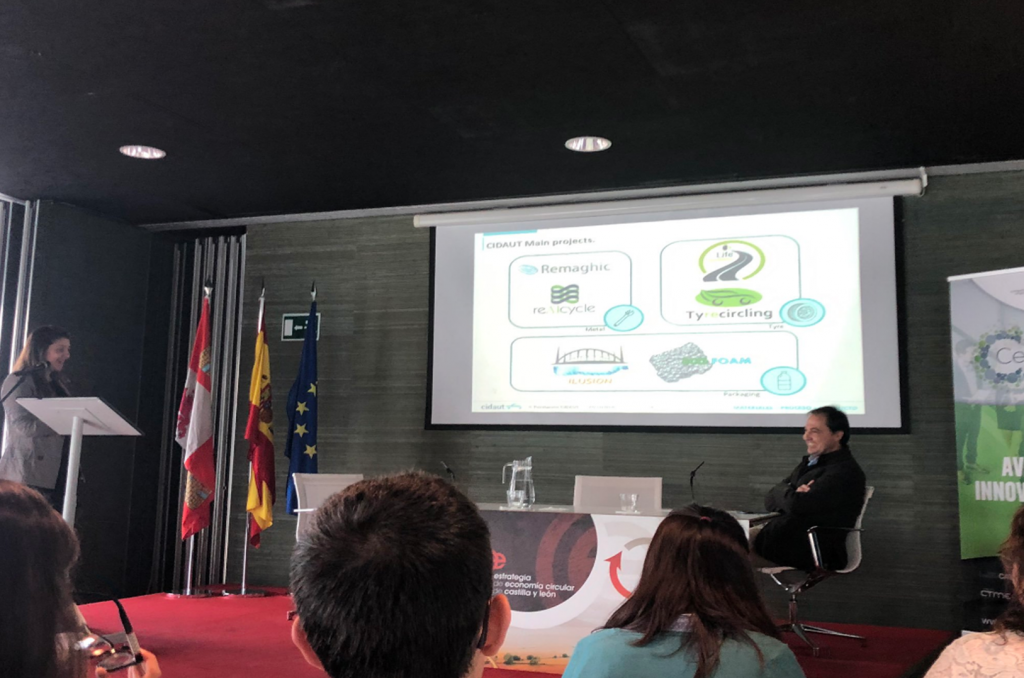
The second presentation had a practical application and addressed success stories in Circular Economy projects carried out by CIDAUT in the automotive sector. Circular Economy projects were presented in three fields: Packaging, Tire and Metal. These areas are perfectly aligned with the activities of CIDAUT and the proposed solutions can offer a competitive advantage for companies in the sector through the application of circular economy actions.
The day also brought together a group of companies and presentations aimed at highlighting the opportunities of the Circular Economy in the automotive sector. Representatives of Renault, Michelin, ABN PIPE SYSTEMS, N.C. Electronica S.A. and Fundacion Patrimonio Natural showed their activities and impressions in the field of Circular Economy.
by cidaut | Dec 21, 2018 | Sin categoría
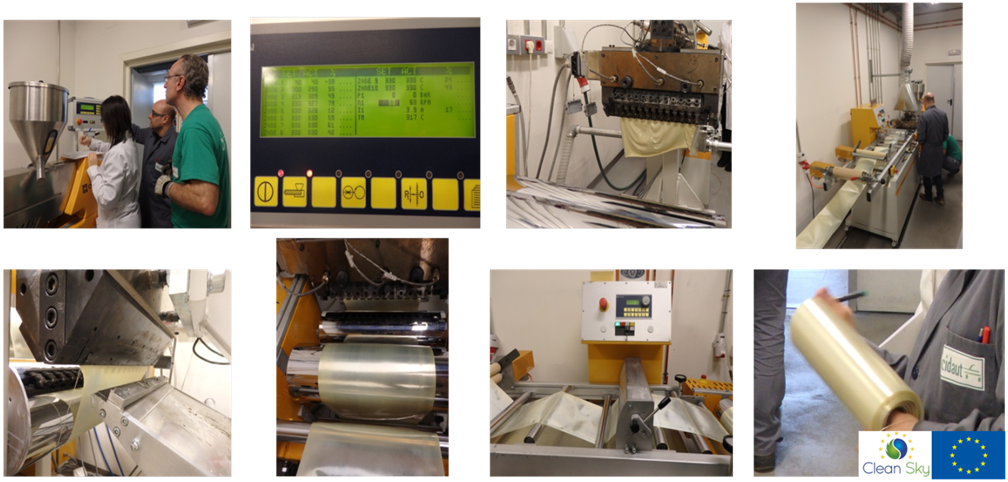
Brackets are small elements used as local links between aircraft structure, systems and cabin. Nowadays, most of the components of the structure are made of polymer composites, the majority of them being formed of carbon fibres reinforced thermosetting matrices. The state-of-the-art techniques for joining brackets or other small functional elements to these composite structural components are based on mechanical fastening and adhesive bonding. These joining processes are time consuming, and add significant labour and tooling costs to the assembly process, even for the attachment of such small components. Moreover, the adhesion strength achieved is often limited requiring dedicated surface treatments to be applied. An additional handicap for a strong adhesive bonding happens when the composite component is painted.
The Bracketweld project aims at contributing to the green and cost-efficient integration of systems and aircraft structures by the development of an innovative technology for the rapid assembly of thermoplastic brackets to thermosetting composite components currently used in aircraft structures. This has been done using the fast and efficient ultrasonic welding technology to assemble thermoplastic brackets to thermosetting composite structural components. As thermosetting materials cannot be welded, a thermoplastic surface media will be strongly attached to the thermosetting composite structure by a co-curing process, being this surface media used as an anchor interface for the latterly welding of the thermoplastic brackets by any fusion bonding technique, and especially by the ultrasonic welding.
The first two years of the Bracketweld project have been focused on the development of an innovative Test Method for the evaluation of different materials compatibility. The proposed welded joint combines a thermoset material with a film and a thermoplastic bracket, while the latter do not necessarily need to be the same material (because of cost or processability issues). This methodology is then the basis of the film quick down material selection ensuring a good level of adhesion with this welding method. This methodology was developed in pararell with the investigation, manufacturing and evaluation of the most appropriate surface media for the specific case under study in this project, including the formulation and development of custom surface medias at CIDAUT. Different material combinations were assessed with the Test Method.
The final year of this project has been devoted to the validation of the developed concepts. Having defined a robust and reliable test method, and chosen a film for the project use case, the validation of the methodology has been upscaled to a single curvature panel, from a machine assisted welding to a manual welding operation, and from room temperature and axial testing conditions to shear and hot/wet environments.
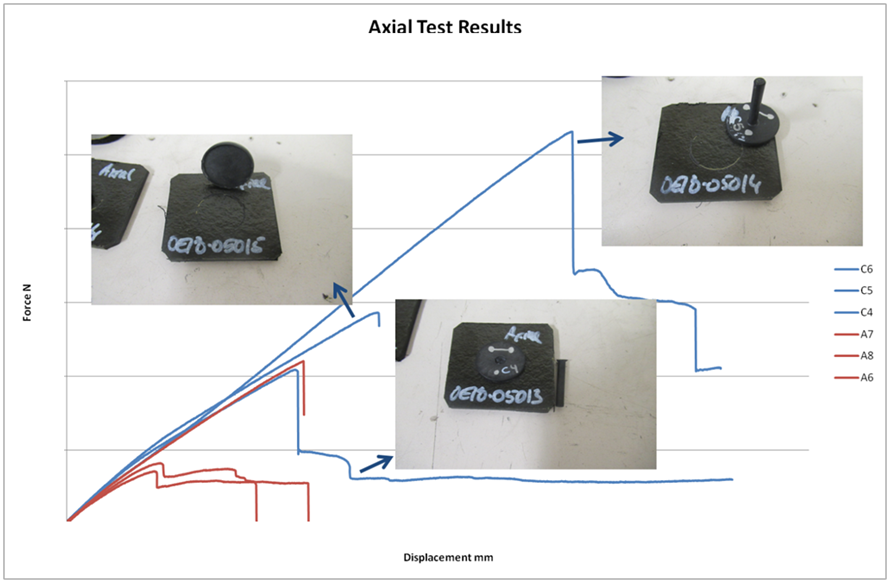
by cidaut | Dec 21, 2018 | Energy
On November 14, 2018, a new meeting of the VALORCOMP consortium was held to present the progress made within the framework of the project. The partners were kindly invited to attend the meeting at Resíduos do Nordeste facilities in Mirandela (Portugal). As usual, representatives of all partners attended the meeting: Polytechnic Institute of Bragança (IPB, Project manager), CIDAUT Foundation, University of Valladolid (UVa), Resíduos do Nordeste (RN) and Nertatec.
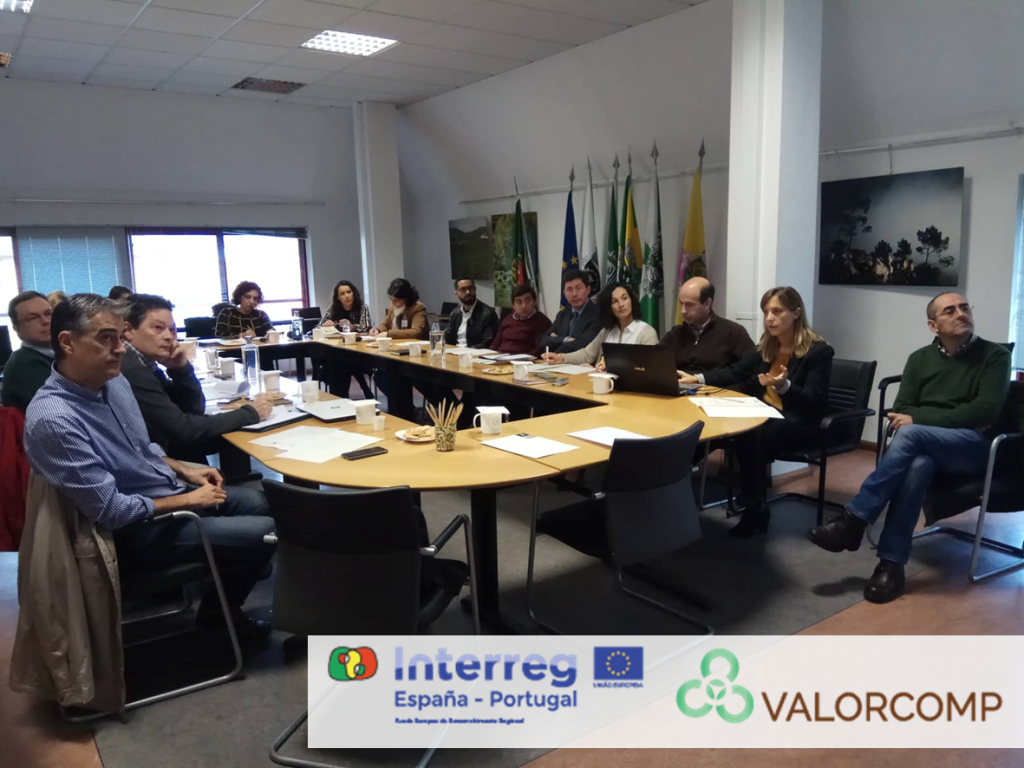
The main objective of the meeting was to share the progress of the work in each of the aspects of use of the compost consider in VALORCOMP project. Thus, within the thermochemical use, the participants of CIDAUT presented their results highlighting the proper compost compaction and the start of the second action of this activity, the pilot scale tests. The IPB presented its results in the context of the use of compost as a material, highlighting the applicability of this material as a catalyst in oxidation processes for wastewater treatment and the possibility of using it as a raw material to be incorporated in ceramics instead of in cements.
For its part, the UVA has obtained a product that meets specifications as a fertilizer in the study of possible agronomic use. The process includes an extraction of organic matter with potassium hydroxide. Germination trials have been conducted using the fertilizer with positive results.
In the course of the meeting, the problem of bio-stabilized residue (composted waste from non-selective collection) was discussed at length. It was focused on the difficulty of using this waste derived from the future regulation of waste reduction to landfill, as well as increasing the percentage of waste prepared for recycling into the treatment plants. Selective collection was analyzed as a solution for obtaining a compost (and not bio-stabilized residue) from the organic fraction, questioning the feasibility of executing it, the cost it would entail for the citizen and if this could guarantee the quality of the compost.
In communication and dissemination activity, it was agreed to undertake a series of actions to strengthen the content of the project’s website and create a private area to encourage communication between project partners. On the other hand, the brochure design was approved to disseminate the project.
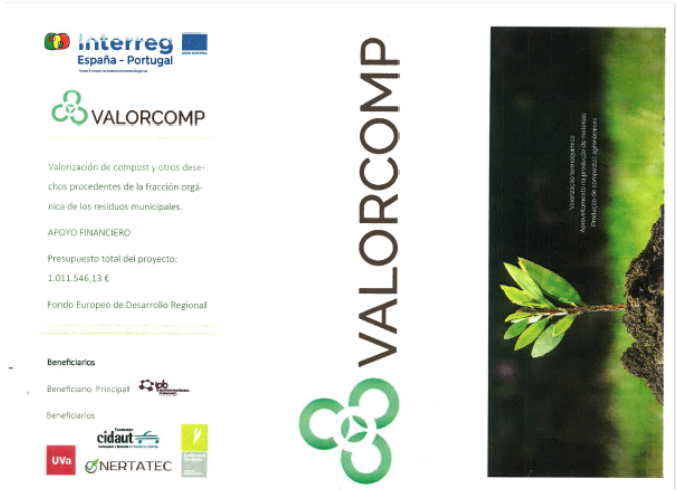
Finally, all the partners were summoned to a next meeting in March 2019 in Valladolid.
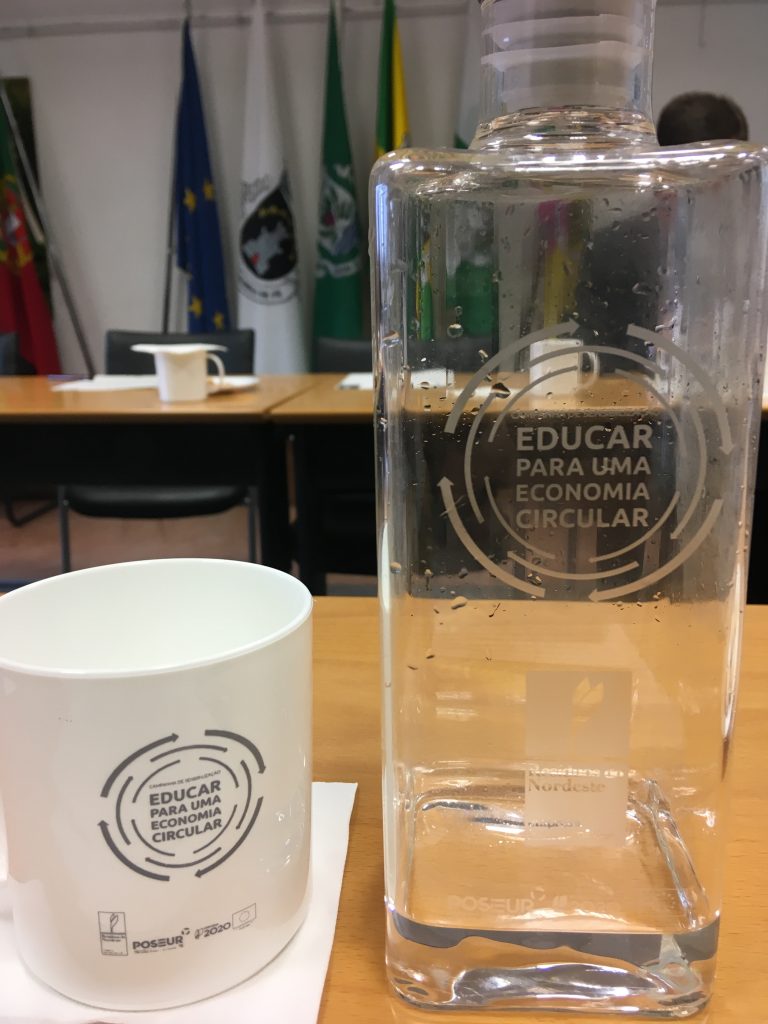
This project is co-financed by the programme of cooperation INTERREG V-A Spain-Portugal (POCTEP) 2014-2020 and will run until September 2019. Project VALORCOMP aims to contribute cooperatively to solve cross-border problems in the valorisation of waste generated in the treatment of the organic fraction of municipal solid waste.
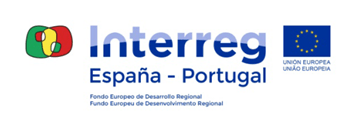
 Different prototypes of the strips to be used in the user’s trials
Different prototypes of the strips to be used in the user’s trials








